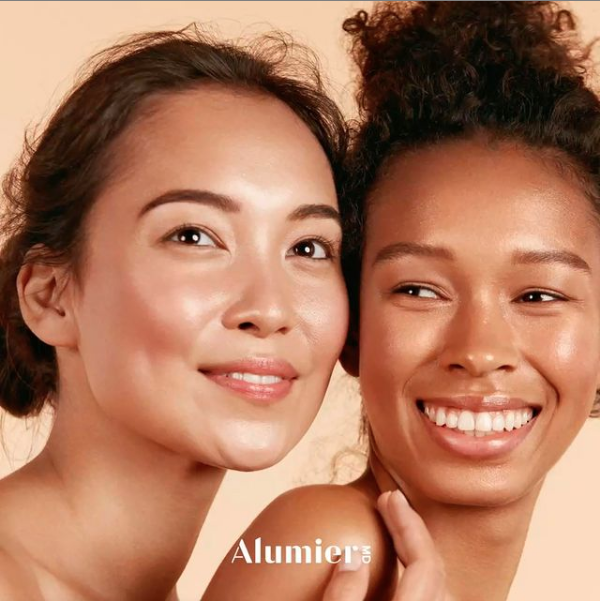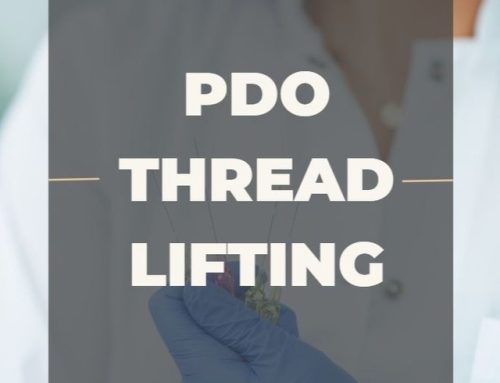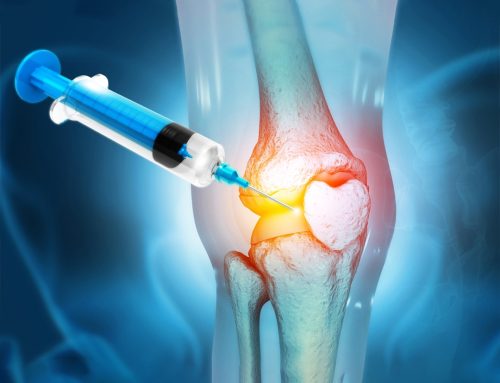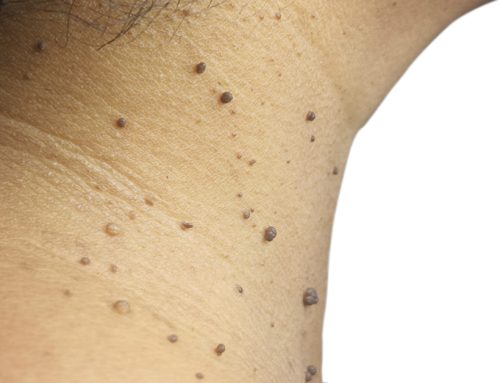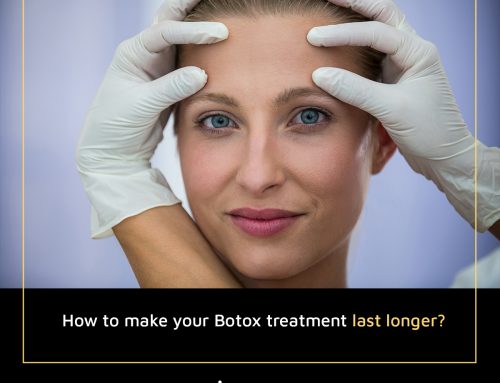What is a glow peel by Alumier MD ?
A glow peel is a highly efficacious resurfacing peel that exfoliates dead skin cells and stimulates skin renewal. It minimizes appearance of fine lines, wrinkles, and hyperpigmentation including age spots, discoloration and uneven skin tone. The glow peel can be customized in strength by the number of layers applied depending on the levels of resurfacing required.
Glow peel is done to make your skin look younger and less pigmented, with a very little down time. The technology behind the Glow Peel is based on the use of three key powerful components, such as, Lactic Acid (7%), Salicylic Acid (7%) , Resorcinol (7%). Exfoliating dead skin cells and stimulating skin regeneration and improving the signs of aging and hyperpigmentation with less down time.
The Ingredients:
Salicylic acid:
Salicylic acid is a member of the salicylates family of medicines. It is oil-soluble, allowing it to penetrate into pores to effectively exfoliate dead skin cells, control acne pimples, reduce the frequency of breakouts and speeds up the healing process.
Lactic acid:
Lactic acids, in general, aids in skin moisture retention and hydration. Naturally found in milk and part of the hydroxy acid family, lactic acid is biosynthesized for cosmetic formulations. It exfoliates dead skin cells and enhances skin renewal to firm and strengthen skin, which improves the appearance of fine lines and wrinkles. It encourages the production of new collagen, which helps to tighten your skin.
Resorcinol:
Resorcinol is a peeling agent that works by breaking down rough, scaly or hardened skin and is one of the key ingredients in a Jessner peel. Resorcinol is also an antiseptic and disinfectant. Resorcinol aids in the removal of rough, dry skin by assisting in the formation of a protective film over the surface of the skin. Resorcinol is also an antiseptic and disinfectant to help fight skin infections.
How is glow peel treatment performed?
In the glow peel, enzyme retexturing treatment is done first, enzymes that are derived from fruits like papaya, pineapple, citrus fruits are used where it gently helps to break down the surface layer of dead skin. By putting on this first, bonds are broken of the skin that’s dead, which are just kind of hanging on, and then it allows to put the peel on afterward and it enables it to penetrate just that little bit more efficiently.
While conducting out this process, the skin adjusts to it very easily and it’s just gently breaking up the skin that’s dead. By getting rid of the dead skin cells, the skin starts producing the new skin cells, so they come to the surface faster, which gives any skin a brighter, fresher, more even-textured glow to your skin. You would leave it for about 5 minutes and take it off to put on the actual peel.
Before doing that, just prep the skin, with a little balancing solution, and this balancing solution is just that it helps to remove any residue off the enzyme peel and allows for the skin to take that peel down into the deeper layers.
It is a self-neutralizing peel, that you can activate if you put water on it.
Generally, this process is needed to be done 6- 8 times to have the best results. Make sure to get it done after every 2-4 weeks depending on your skin type.
What Can You Expect After A Glow Peel?
During the treatment itself, it is quite normal to experience a slight itching or tingling sensation. This is the active ingredients getting to work and eating up all those dead skin cells. For the first 24 hours after your peel you are to stay away from heat, water or sweating. But after this your life goes back to normal! You may experience mild sensitivity for up to four days and mild peeling (if any) on the forehead, nose and chin.
What conditions can it treat?
There are numerous skin conditions, that could be treated, they are:
- Fine lines
- Wrinkles
- Hyperpigmentation
- Age spots
- Discoloration
- Uneven skin tone
- Tired and dull complexion
- Prematurely aged skin
- Congested and acne-prone skin
- Sun-damaged skin
- Skin rejuvenation
- Loss of Suppleness
- Smooth tone and texture
- Lighten and brighten
How to prep for a chemical peel?
Here are the steps to prep for a chemical peel:
The Right Chemical Peel for You
Chemical peels come in varieties, as previously stated. So, choose a moisturizer that is suitable for your skin type, age, hair color, and overall health.
Exfoliate as little as possible.
Because a chemical peel is a thorough exfoliation, you should avoid exfoliating for at least a week before your session to get the best results.
Even if you don’t use an exfoliator or scrub to remove dead skin, you should still be on the lookout for exfoliating chemicals in your daily skincare products such as Retinol. However, with certain skin types you need to prep the skin by using products like Retiol or intellibright complex and then stop the use of it 5 days prior to your chemical peel appointment. It’s possible that using these items before your visit may harm your skin inadvertently.
Stop using Medications for Aging or Acne 5 days before your chemical peel appointment.These kinds of items may affect how well your skin handles the peel.
Drink Sufficient Water to Avoid Dehydration
On the day of your chemical peel, make sure your skin is well-hydrated. Be relaxed and ready to welcome your new glowing skin.

